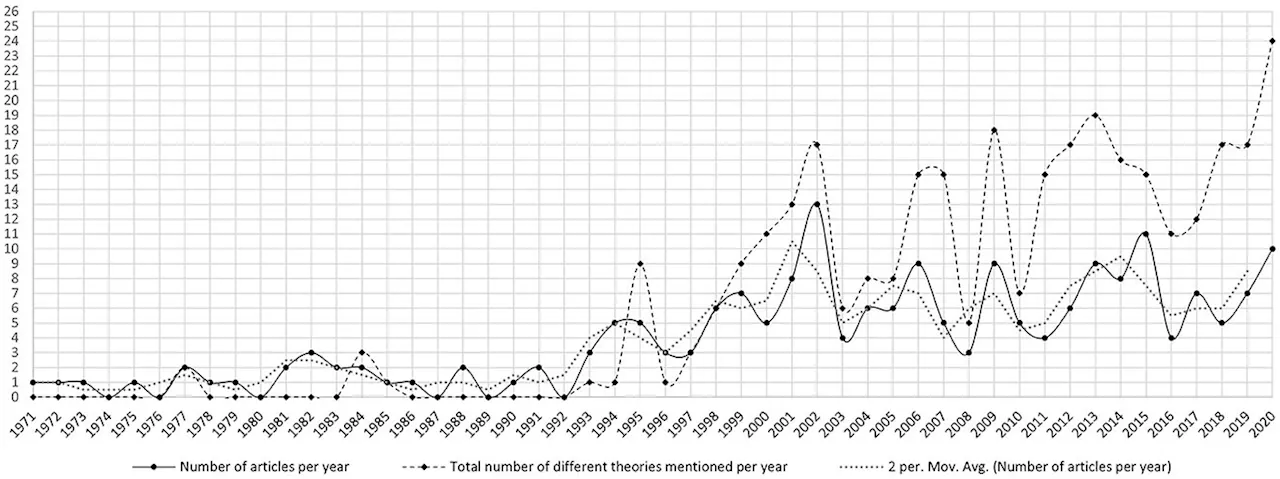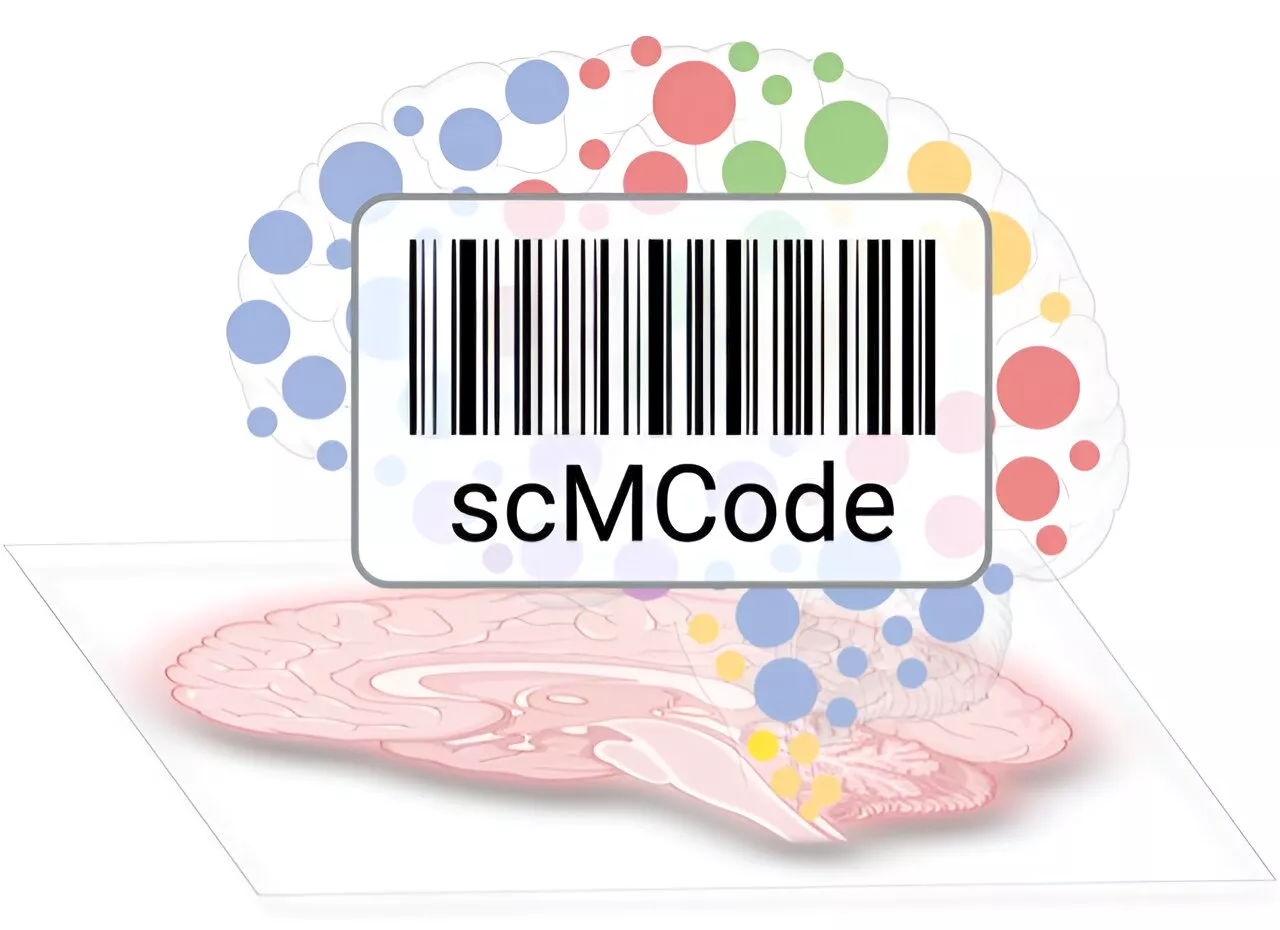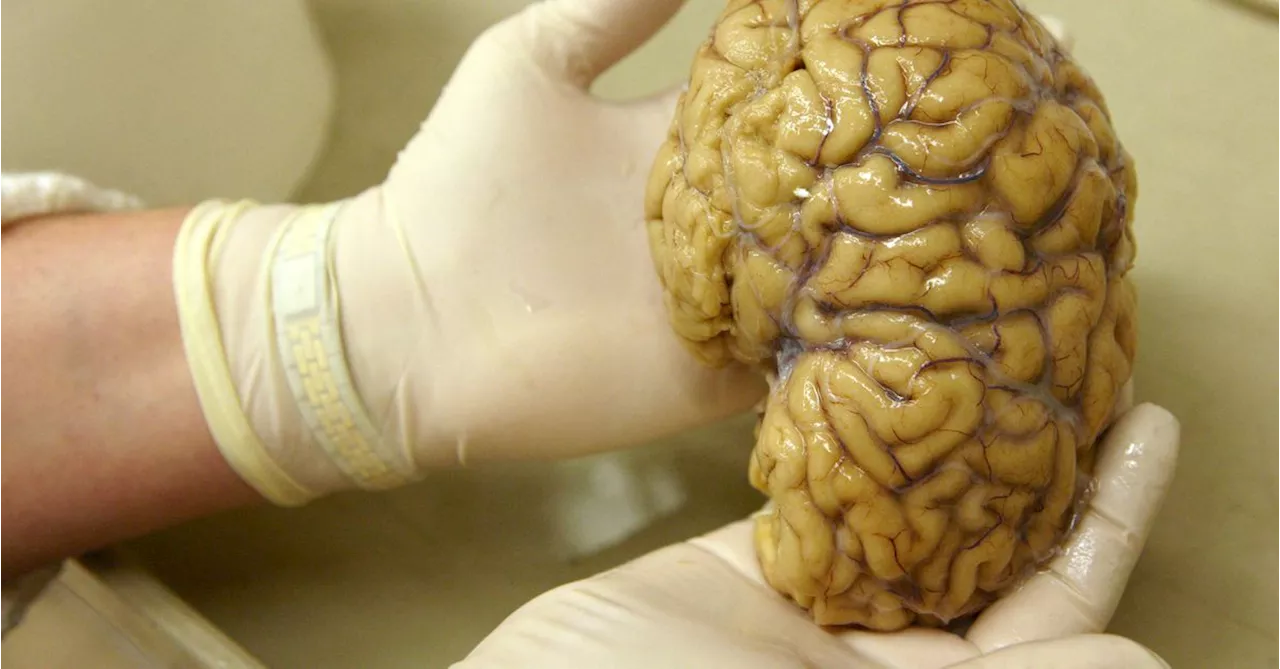Scientists analyzed more than half a million brain cells from three human brains to identify previously unknown brain cell subtypes. Their research paves the way for understanding how certain brain cell types go awry in brain disorders and diseases.
Salk Institute researchers, as part of a larger collaboration with research teams around the world, analyzed more than half a million brain cells from three human brains to assemble an atlas of hundreds of cell types that make up a human brain in unprecedented detail.on October 13, 2023, is the first time that techniques to identify brain cell subtypes originally developed and applied in mice have been applied to human brains.
Every cell in a human brain contains the same sequence of DNA, but in different cell types different genes are copied onto strands of RNA for use as protein blueprints. This ultimate variation in which proteins are found in which cells -- and at what levels -- allows the vast diversity in types of brain cells and the complexity of the brain.
At the same time, the researchers also used a second technique, which analyzed the three-dimensional structure of DNA molecules in each cell to get additional information about what DNA sequences are being actively used. Areas of DNA that are exposed are more likely to be accessed by cells than stretches of DNA that are tightly folded up.
"The potential to find unique cell types in humans that we don't see in mice is really exciting," says Wei Tian, co-first author of the new paper and a staff scientist in Ecker's lab."We've made amazing progress but there are always more questions to ask." Other authors of the paper are Anna Bartlett, Qiurui Zeng, Hanqing Liu, Rosa G. Castanon, Mia Kenworthy, Jordan Altshul, Cynthia Valadon, Andrew Aldridge, Joseph R. Nery, Huaming Chen, Jiaying Xu, Nicholas D. Johnson, Jacinta Lucero, Julia K.
Brasil Últimas Notícias, Brasil Manchetes
Similar News:Você também pode ler notícias semelhantes a esta que coletamos de outras fontes de notícias.
 Scientists: Research on environmental attitudes might be biasedThe majority of research on environmental attitudes and behavior is coming from the United States and other English-speaking countries, a recent study by scientists from Lithuania and Austria reveals. Thus, the global applicability of the theories, which are used in designing environmental policies, becomes arguable.
Scientists: Research on environmental attitudes might be biasedThe majority of research on environmental attitudes and behavior is coming from the United States and other English-speaking countries, a recent study by scientists from Lithuania and Austria reveals. Thus, the global applicability of the theories, which are used in designing environmental policies, becomes arguable.
Consulte Mais informação »
 A new era in brain science: Researchers unveil human brain cell atlasSalk Institute researchers, as part of a larger collaboration with research teams around the world, analyzed more than half a million brain cells from three human brains to assemble an atlas of hundreds of cell types that make up a human brain in unprecedented detail.
A new era in brain science: Researchers unveil human brain cell atlasSalk Institute researchers, as part of a larger collaboration with research teams around the world, analyzed more than half a million brain cells from three human brains to assemble an atlas of hundreds of cell types that make up a human brain in unprecedented detail.
Consulte Mais informação »
 Scientists unveil detailed cell maps of the human brain and the nonhuman primate brainA group of international scientists have mapped the genetic, cellular, and structural makeup of the human brain and the nonhuman primate brain.
Scientists unveil detailed cell maps of the human brain and the nonhuman primate brainA group of international scientists have mapped the genetic, cellular, and structural makeup of the human brain and the nonhuman primate brain.
Consulte Mais informação »
 Researchers develop technology to tabulate and characterize every cell in the human brainBy combining non-invasive imaging techniques, investigators have created a comprehensive cellular atlas of a region of the human brain known as Broca's area.
Researchers develop technology to tabulate and characterize every cell in the human brainBy combining non-invasive imaging techniques, investigators have created a comprehensive cellular atlas of a region of the human brain known as Broca's area.
Consulte Mais informação »
 Ambitious research yields new atlas of human brain cellsExamining the human brain at the cellular level in more detail than ever before, scientists have identified an enormous array of cell types - more than 3,300 - populating our most complex organ, creating an atlas that may help pinpoint the cellular basis of neurological diseases and facilitate new therapeutics.
Ambitious research yields new atlas of human brain cellsExamining the human brain at the cellular level in more detail than ever before, scientists have identified an enormous array of cell types - more than 3,300 - populating our most complex organ, creating an atlas that may help pinpoint the cellular basis of neurological diseases and facilitate new therapeutics.
Consulte Mais informação »
Research Yields New Atlas of Human Brain CellsExamining the human brain at the cellular level in more detail than ever before, scientists have identified an enormous array of cell types - more than 3,300 - populating our most complex organ, creating an atlas that may help pinpoint the cellular basis of neurological...
Consulte Mais informação »
